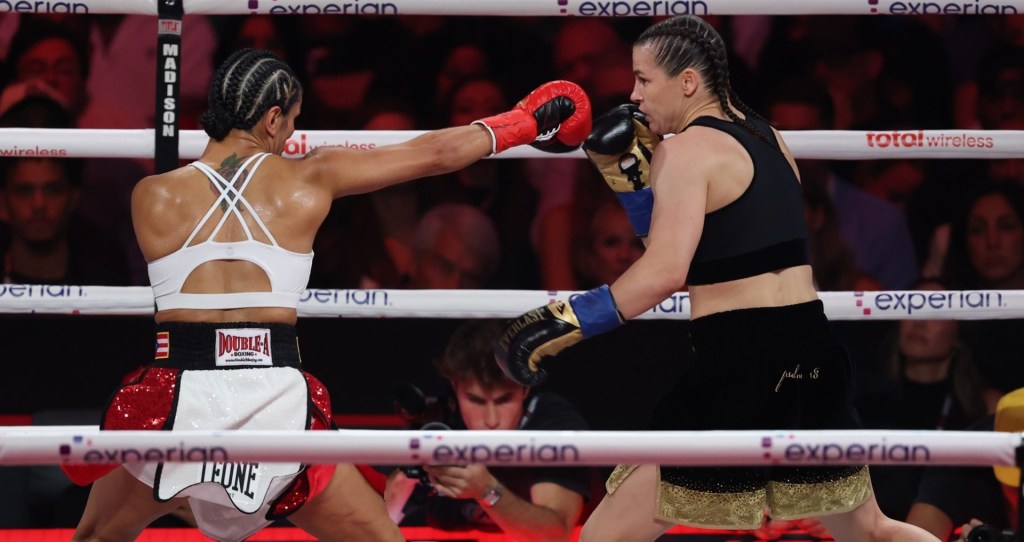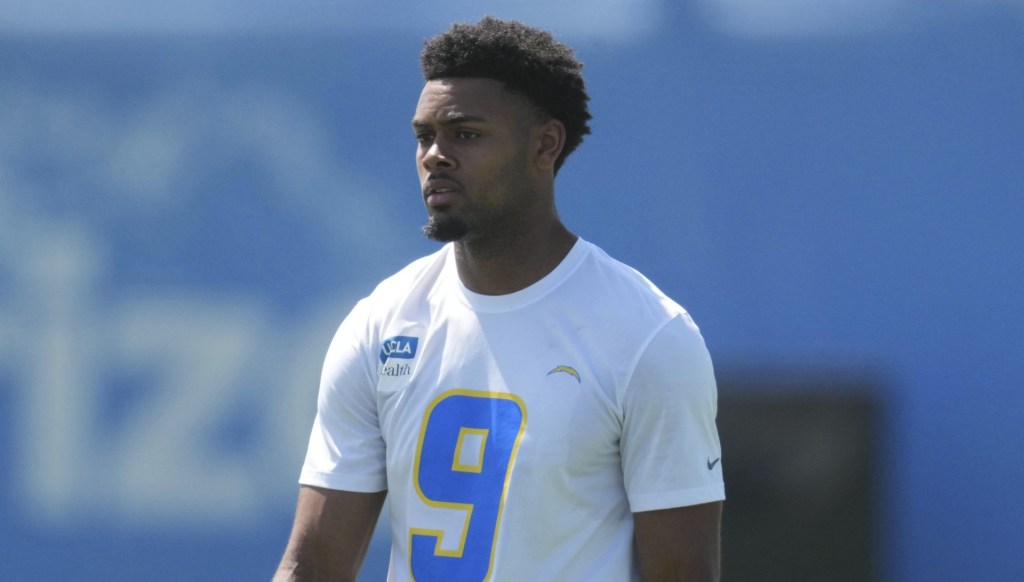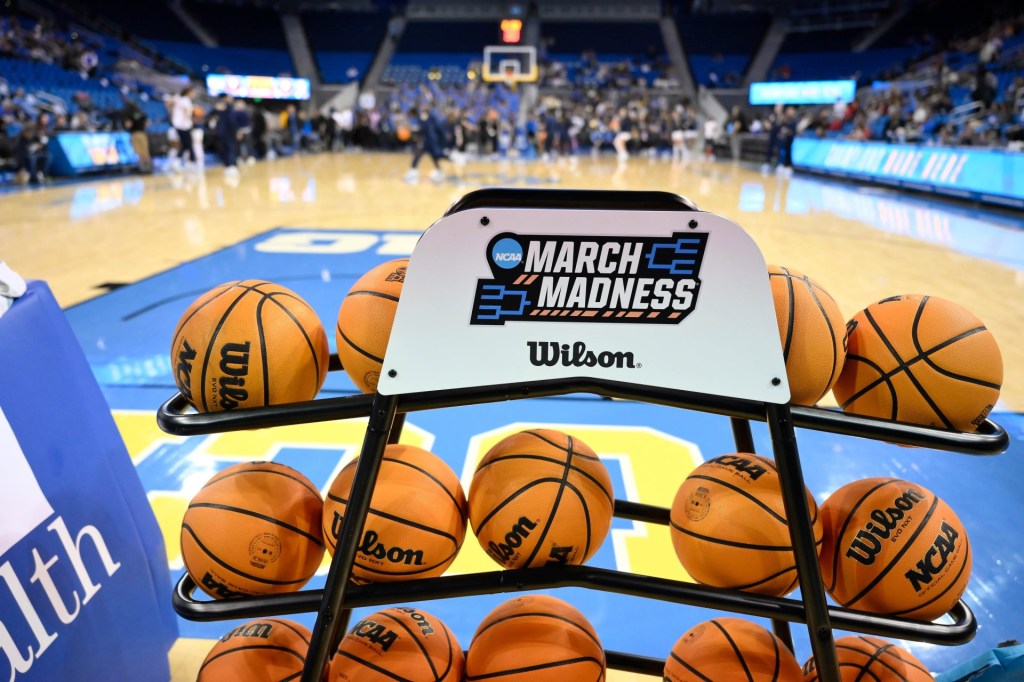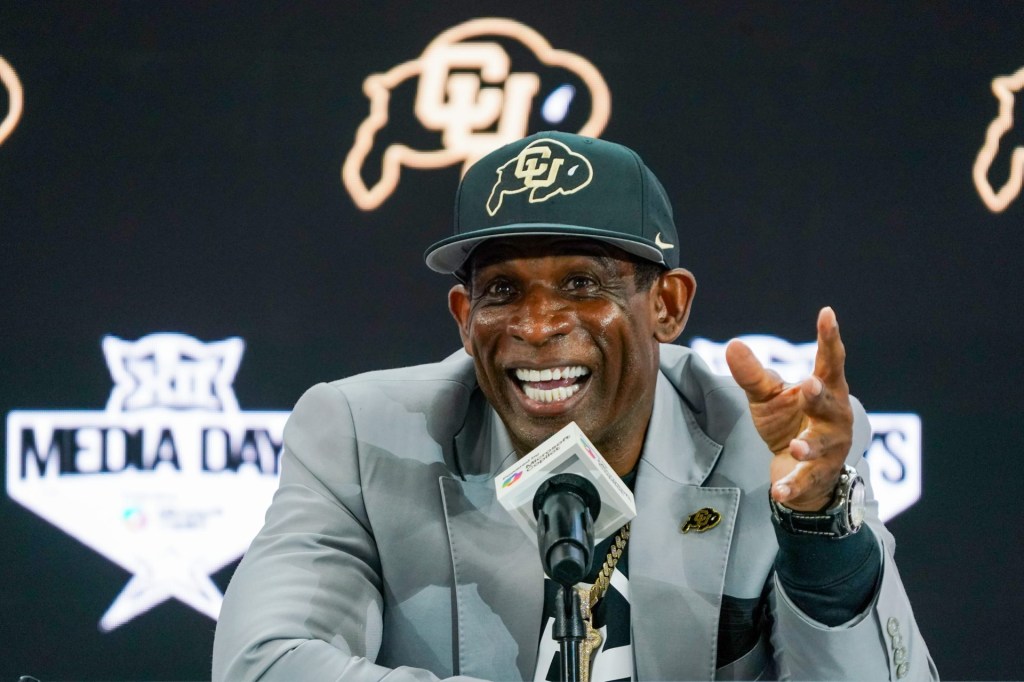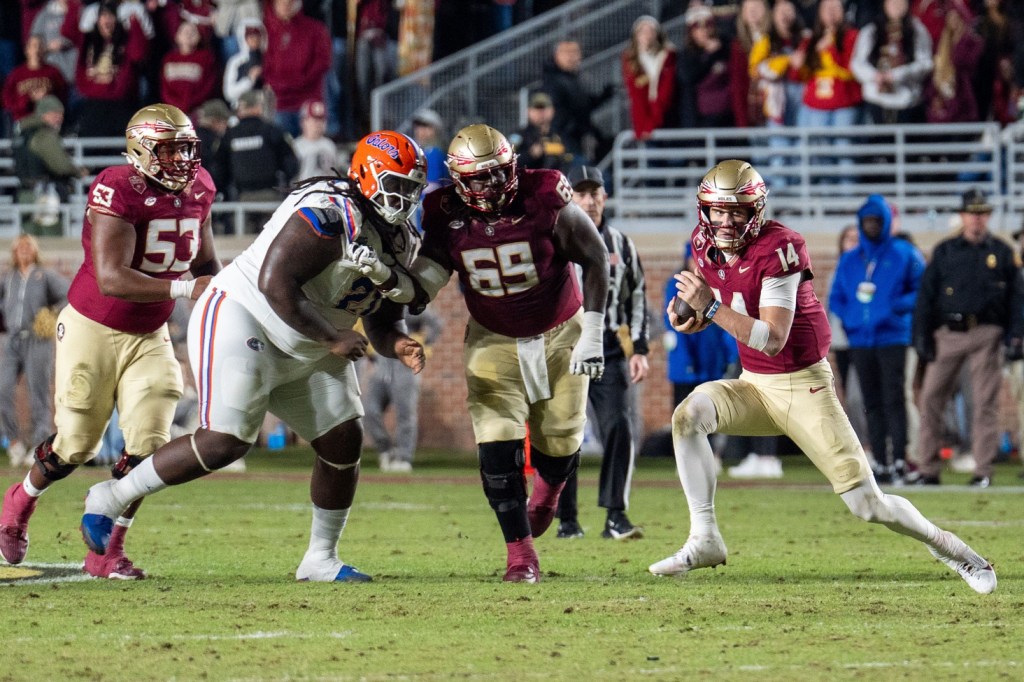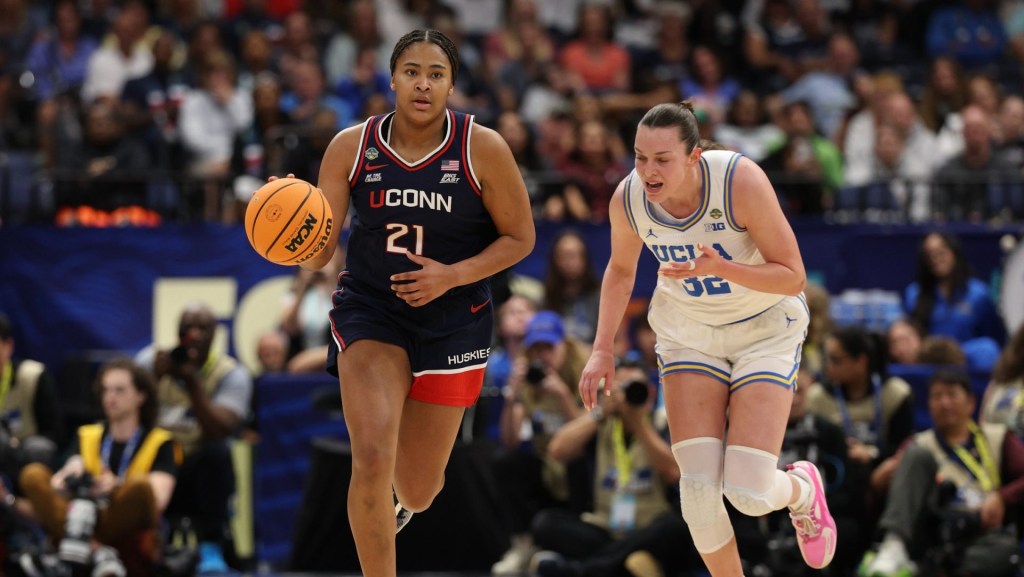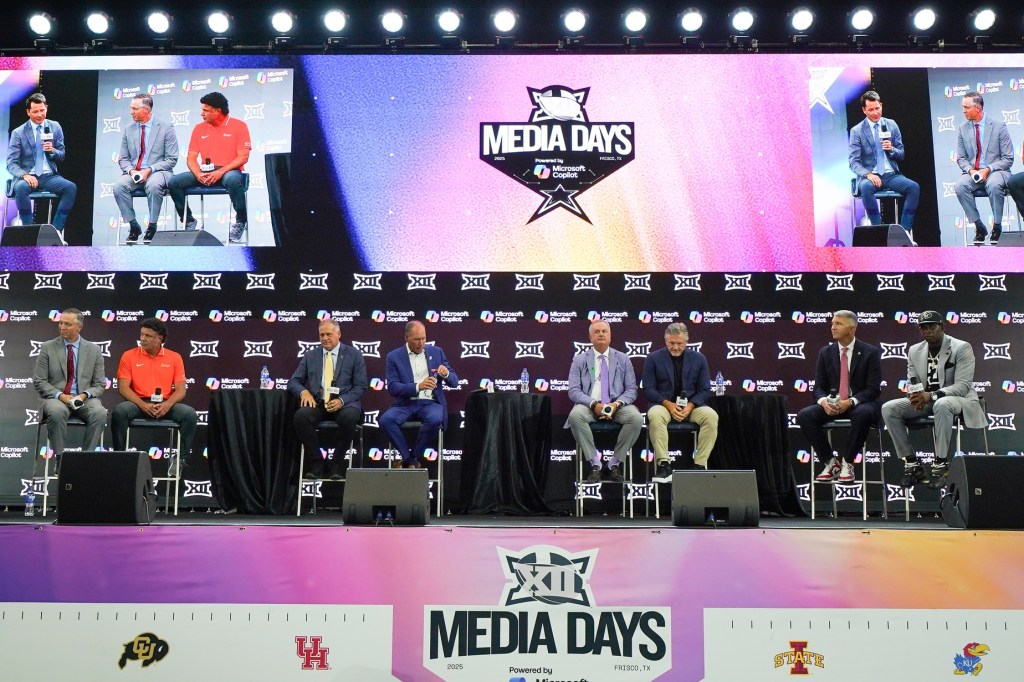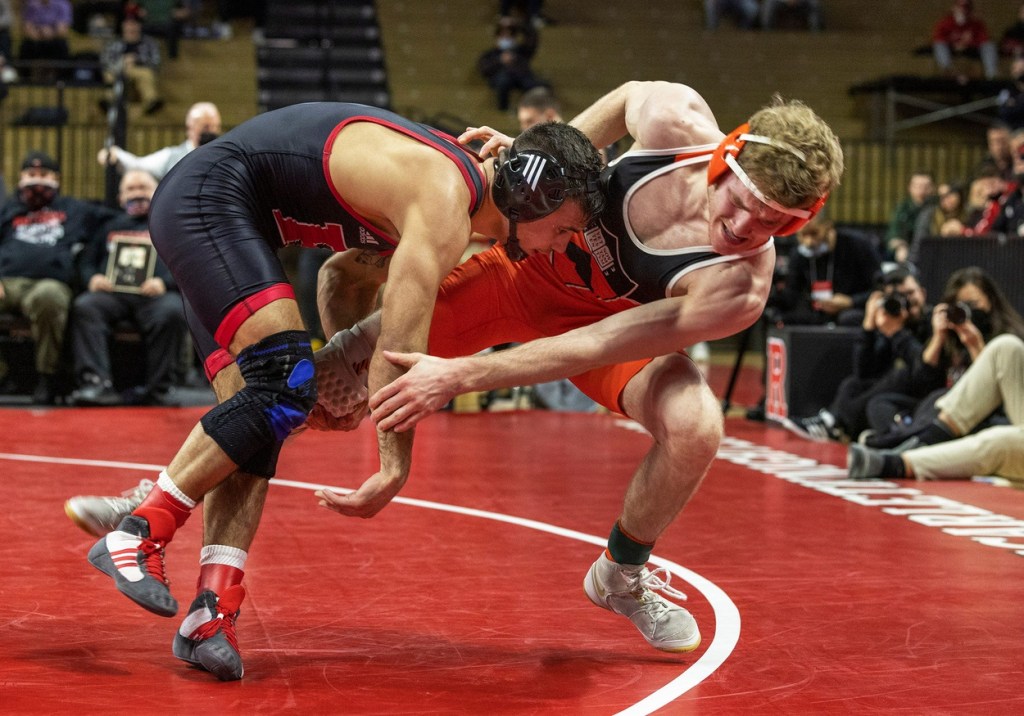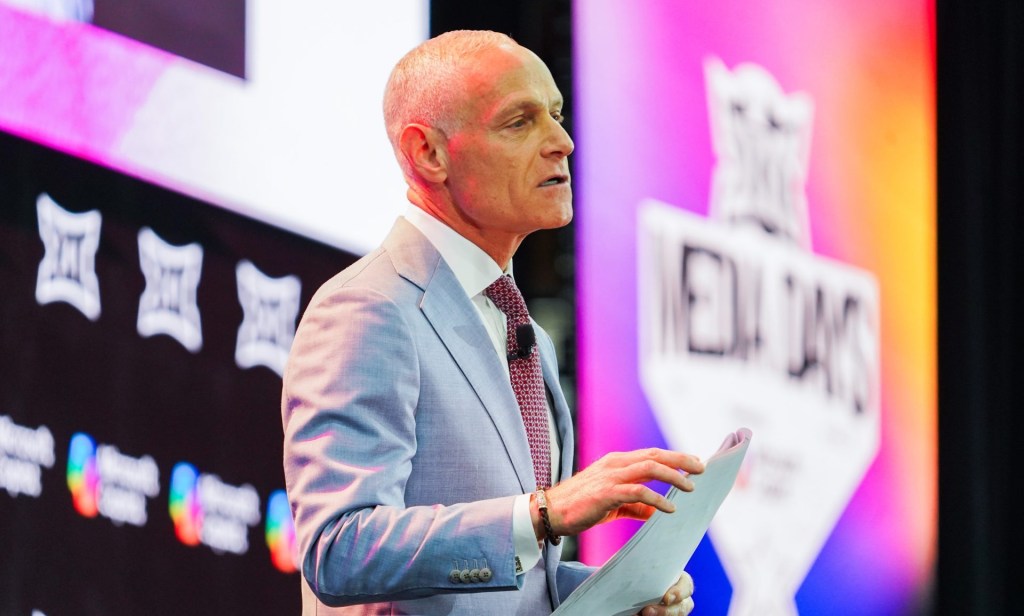College football is back, and with the new season comes 15 FBS schools moving to a new conference in pursuit of bigger revenue.
Many of the transfers are a direct result of the collapse of the Pac-12. Unlike the other two Power 5 conferences with numbers in their names, the Pac-12 actually had 12 members in it last year. Now, 10 of them have found new homes, with just Oregon State and Washington State remaining in the anemic Pac-2.
Other changes had nothing to do with the dissolution of the Conference of Champions. SMU, Oklahoma, and Texas wanted better competition in a bigger conference, and the Mustangs in particular are paying a steep price up front to make it happen. Kennesaw State decided its independent days in the FCS were over, and it was time to vie for a bowl game. Army chose to give up its longtime independence, as well, citing scheduling challenges and the expansion of the College Football Playoff.
Some of these decisions were motivated by the chase to realize big football dreams—but largely they were a chase for revenue in the multibillion-dollar college football machine. Much of that money comes from media-rights contracts. Administrators, particularly in the Pac-12, saw their schools had fallen far behind others, and they made a move to remedy their balance sheets.
Now, two migrating schools are able to earn close to three times what they made last year. Others are playing the long game, accepting partial shares of distributions so they can reap future benefits. As athletes and staff learn to navigate cross-country conferences and the logistical headaches that follow, athletic department revenues are soaring.
Here’s a breakdown of all of the money moves in this year’s conference realignment.
Big Ten: Oregon, UCLA, USC, and Washington
UCLA and USC were the first Pac-12 schools to announce their exit from the conference in June 2022. That summer, Oregon and Washington also wanted out, but the Big Ten was divided. Things changed by August 2023 as Pac-12 media-rights conversations faltered. The Big Ten invited Oregon and Washington to join the conference a week after Colorado defected for the Big 12 in a move that sparked all but two schools to abandon ship.
That timing is important, because it cost the PNW schools millions of dollars.
In announcing their moves when they did, the Los Angeles schools were a part of Big Ten rights talks with partners Fox, CBS, and NBC. The seven-year, $7 billion–plus deal began in 2023, with the agreement UCLA and USC would join as full members. Starting this year, all schools will be able to earn up to $90 million annually, although that’s more likely to happen toward the end of the contract. That amount would almost triple UCLA and USC’s Pac-12 revenues: Pac-12 schools earned roughly $33 million apiece in total revenue distributions in the 2023 fiscal year.
But Oregon and Washington were late to the party (though not for lack of trying). As such, they’ll receive only a half share of rights for the next six years, which is when the conference’s current media deal expires. Fox, the Big Ten’s primary media partner, agreed to bankroll the two schools as partial members with roughly $35 million to $40 million per year so that the other schools wouldn’t have to share any of their already agreed-upon media dollars. The Ducks and Huskies will still get a full share of non-media revenue, bringing their total to about $60 million a year—a little less than double what they made from the Pac-12.
As Oregon and Washington wait around for the next set of media rights, they’ll get a boost in 2027 from ESPN’s new deal with the CFP. The current agreement is split evenly among power conferences, with the remaining 20% going to Group of 5 conferences. But more than half of the new $7.8 billion deal will go to the SEC and Big Ten. Each school in those conferences will receive about $21 million annually, while ACC and Big 12 schools will each get about $12 million to $13 million per year (that is, unless the conferences come up with another way to distribute those funds). Group of 5 schools will get about one-tenth of the new deal.
Oregon State and Washington State were left behind in what will still technically be known as the Pac-12 this year. The two schools have scheduling agreements in football with the Mountain West for the next two years, and agreed to a one-year deal with The CW to broadcast games this fall. Terms of that deal were not public, though the two schools will split a one-time settlement of about $100 million as part of a breakup with the 10 departing schools.
SEC: Oklahoma and Texas
Oklahoma and Texas were the first schools to kick off the wave of this season’s Power 5 realignment when they announced in July 2021 they’d be leaving the Big 12. They were initially supposed to make the jump in July 2025, when the Big 12’s current media deal ends, but in a move that cost them a combined $100 million exit fee, the schools were able to get out a year earlier, at the start of the SEC’s new media deal. The Big 12’s media deal isn’t awful—it’s about the same as the ACC’s—but it’s far behind the Big Ten’s and SEC’s deals.
The SEC earned $853 million in revenue in the 2023 fiscal year, and distributed roughly $51.3 million to each of its 14 member schools (already about $11 million more per school than in the Big 12). Those numbers will grow only as a new 10-year, $3 billion media deal with ESPN begins this fall. The conference got roughly $55 million annually from its deal with CBS; it will now get about $300 million annually from ESPN. The conference will also get a boost from 29% of the $7.8 billion CFP deal starting in 2027, same as the Big Ten. Exactly how much all of this lines the coffers of each SEC school remains to be seen, and will likely be slightly behind the Big Ten, but each school will receive substantially more than it did this past year.
For their first year in the SEC, Texas and Oklahoma won’t get any money from their new conference’s primary revenue-sharing pool, but they will get football and men’s basketball conference distributions, transition payments from ESPN, and potentially other negotiated funds, according to their entry agreements. The financial terms of those deals are not clear.
This move is absolutely a money decision, but unlike the former Pac-12 schools’ jumps, it also makes plenty of geographical sense, and it is more about getting into a better financial and competitive situation than getting out of a bad one.
ACC: Cal, SMU, and Stanford
The ACC is welcoming three new schools: two Pac-12 expats and one promotion from the AAC. The ACC has been very eager to embrace its new members, happily taking credit for its new schools’ Olympic athletes—but it’s being stingy with its media dollars.
None of the three new members will receive the slightly more than $30 million that each of the other member schools get from the conference annually, mostly from their deal with ESPN. And they won’t get their full share for some time.
When it comes to media distributions, Cal and Stanford will earn a partial share of the estimated $25 million ESPN deal for the next nine years, then get their full share for the last three years before it expires. Years one through seven will be 30% of the full amount, year eight will be 70%, and year nine will be 75%. Quick math: $7.5 million for seven years, $17.5 million for the eighth year, and $18.75 million for the ninth year.
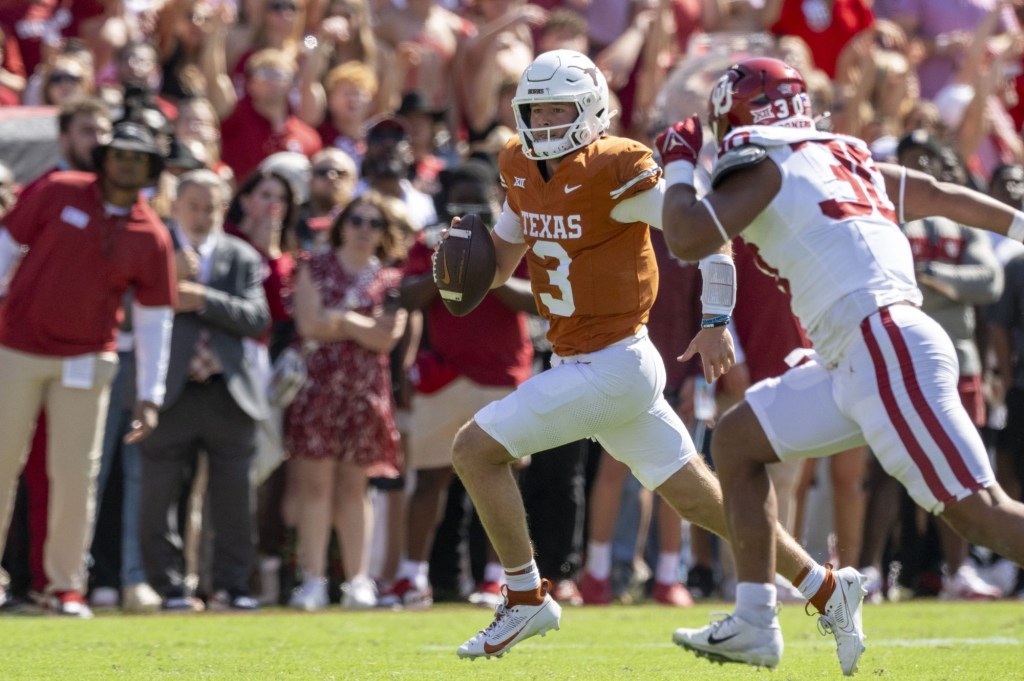
For Cal and Stanford, the move was born out of desperation. When the Pac-12 was falling apart last year, their choices eventually came down to the ACC or being shut out of Power 4 sports. In the final years of the Pac-12, media-rights deals paid members in the range of low-to-mid $20 millions annually, and schools were headed toward a media deal with Apple that could have brought them only a bit more than $20 million apiece annually. But the Pac-12 couldn’t reach those deals before its member exodus.
SMU, meanwhile, is forgoing all media-rights revenue for the next nine years. In its place, donors have rallied behind the school. Boosters committed $200 million to cover the gap, and, in June, the athletic department announced a record $159 million in fundraising dollars throughout the past school year.
All three schools will get non-media revenue from ACC, which is roughly $9 million. That’s about the same amount SMU made from its old conference, according to the AAC’s most recent tax filing.
Big 12: Arizona, Arizona State, Colorado, and Utah
In August, the conference welcomed back its old friend Colorado as well as other Pac-12 defectors Arizona, Arizona State, and Utah. To understand Big 12 revenue payouts, it’s important to jump back in time.
The conference also welcomed four newcomers last year: BYU, Cincinnati, Houston, and UCF. Similar to the ACC’s rules for its new schools, these four won’t receive full shares of revenue just yet. In May, the Big 12 announced its schools would share $470 million in revenue from the last year, largely thanks to its deals with ESPN and Fox. The four new schools got $18 million each, while the rest of the schools received nearly $40 million each. The four 2023 additions will receive roughly $19 million apiece this year before getting full payments next year.
But the four former Pac-12 teams are avoiding that model entirely. They will immediately earn their full share of rights starting in their first year in the conference, longtime Big 12 higher-up Bob Burda told radio host David Smoak.
The dissolution of the Pac-12 came at a convenient time for the new Big 12 schools. The conference will begin a six-year, $2.2 billion media-rights deal with ESPN and Fox next year. It will lift the average media-rights payout from about $28 million per school to more than $31 million, and total revenue distributions close to $50 million. That’s about $15 million to $20 million more than the Pac-12 schools earned in 2023.
AAC: Army
Army announced its decision in October to send its independent football team to the AAC, leaving the rest of its sports in the Patriot League. While AAC schools each get about $9 million annually from the conference, mostly through its deal with ESPN, Army will stick with current partner CBS Sports for home games through the 2028 season. Despite playing in the same conference as Navy, the rivalry game will still be considered non-conference (again due to TV contracts, as CBS has a deal to broadcast the annual matchup in the second week of December, and ESPN gets all AAC games).
CBS pays Army at least $1.475 million annually for broadcast rights and Learfield spends at least $2.95 million for West Point’s multimedia rights every year, according to Sportico. CBS throws in an extra $25,000 for a Power 5 matchup and $50,000 for playing any school that finished in the top 10 the prior season, the outlet reported.
A representative for the AAC confirmed to Front Office Sports that “Army will receive an annual distribution from the conference.” The exact amount won’t be publicly available through tax filings until 2026.
Conference USA: Kennesaw State
Kennesaw State’s move to C-USA has taken longer than some of the other members on this list. The school announced in 2022 it would move from FCS to FBS after that season, then join the conference in 2024.
Since 2017, Kennesaw State has brought in roughly $1 million a year in media rights and NCAA distributions, according to the Knight-Newhouse College Athletics Database. Now it heads to the C-USA, which signed a five-year media-rights deal with CBS Sports and ESPN in 2022 (starting in 2023) that doubled its previous agreement, annually doling out roughly $750,000 to each school.
A representative for C-USA confirmed to FOS that Kennesaw State will get a full portion of media-rights revenue this year. According to its most recent tax filing (before the new media agreement), C-USA paid about half of its schools under $1 million, the other half in the $5 million range, and one school $10 million.


